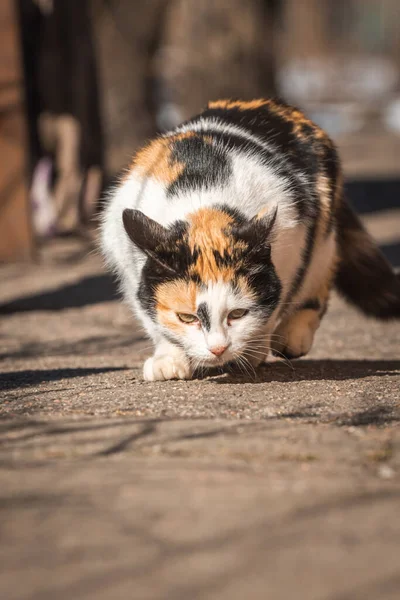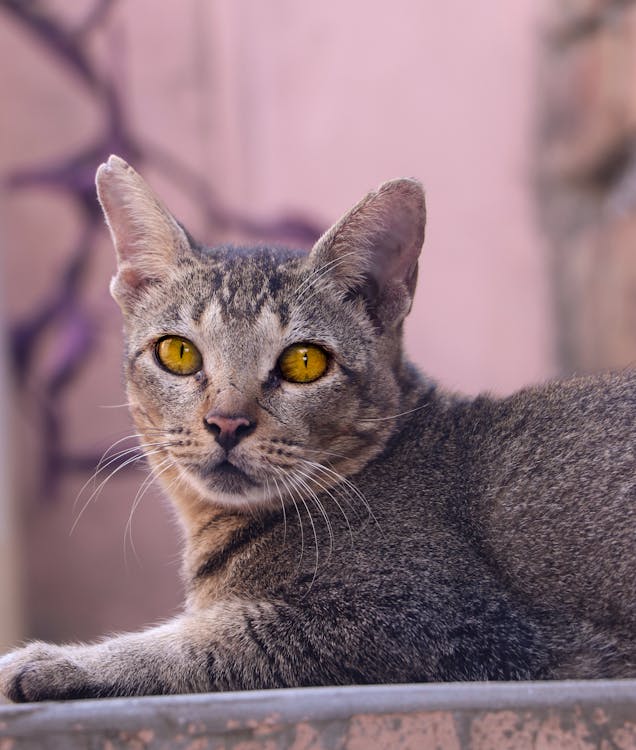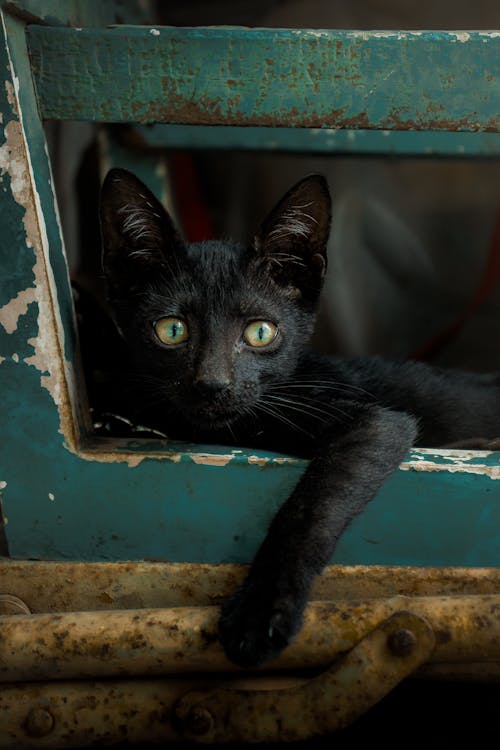Indie Cats

History:
The Indie Cat, also known as the Indian Native Cat, has its roots in India, where it has been an integral part of the country’s diverse culture and ecosystem for centuries. Thought to have evolved from natural wildcats native to the Indian subcontinent, the breed adapted to local climates and environments. Although not officially recognised as a distinct breed until the early 2000s, Indie Cats are celebrated for their resilience and unique traits. These cats are often associated with the rural and urban landscapes of India, where they are valued for their hunting abilities and companionship. With their independent nature, they have gained recognition for their survival instincts and charm.
Size: Medium-sized cat
Height: 23-30 cm
Weight: 3-5 kg
Life Expectancy: 12 to 15 years

Breed Appearance:
The Indie Cat is a medium-sized, lean, and muscular cat, boasting an athletic build and a sleek, short coat. Their coat can come in a variety of colours, from solid shades of brown, black, and grey to more complex tabby patterns. The fur is dense and often has a soft, glossy texture, giving the breed an elegant appearance.
Indie Cats are known for their sharp, expressive eyes, which can range in colour from yellow to green, enhancing their alert and curious demeanour. They have a distinctive head shape with a slightly rounded face and large ears, adding to their unique look. Their tails are long and taper to a point, complementing their agile movements.
Health & Care:
Indie Cats are generally a robust breed, but like all cats, they can be susceptible to specific health issues. To ensure a healthy pet, it’s essential to choose a responsible breeder who conducts appropriate health screenings. Common health concerns in Indie Cats include dental problems and flea allergies, though they are less prone to hereditary conditions than some other breeds. Regular vet visits are important for maintaining their overall health, and a well-balanced diet helps prevent obesity, which can be a concern in less active cats. Their short coat requires minimal grooming, but occasional brushing can help reduce shedding. Routine vaccinations for diseases like feline panleukopenia, calicivirus, herpesvirus, rabies, and Felv are important to protect their health.

Living Conditions:
Indie Cats are active, curious, and social, thriving in environments that provide both physical and mental stimulation. They enjoy the company of their family and get along well with children and other pets, though they may require a period of adjustment to new environments or people. While they love attention, they also appreciate their independence and will often seek some solitude. To keep them happy and healthy, it’s important to provide opportunities for exploration, such as climbing trees, interactive toys, and safe outdoor spaces. They are best suited for households where they won’t be left alone for long periods and can enjoy regular play and engagement.
Grooming:
Indie Cats have a short, low-maintenance coat that doesn’t require frequent brushing. However, regular grooming can help minimise shedding and keep their coat looking sleek. A weekly brush is usually enough, though they may appreciate an occasional bath if they get particularly dirty or greasy. It’s also essential to include dental care in their routine, using pet-safe toothpaste to brush their teeth and prevent dental issues. Regular ear cleaning to remove wax buildup and trimming their nails to maintain healthy claws should be part of their grooming routine. While their grooming needs are relatively low, attention to these areas ensures they stay clean and healthy.

Advantages:
-
Affectionate and independent, they form strong bonds with their families while appreciating personal space.
-
Short, low-maintenance coat that sheds minimally and requires only occasional grooming.
-
Agile and curious, enjoying interactive games and exploration.
-
Highly adaptable and quick learners, responsive to positive reinforcement during training.
-
Playful and intelligent, they keep themselves engaged with mental stimulation.
Disadvantages:
-
Prone to obesity if not monitored closely, requiring a balanced diet and regular exercise.
-
Sensitive to extreme temperatures, either too hot or too cold.
-
May experience dental problems or allergies, requiring regular vet check-ups.
-
Can become bored without sufficient mental and physical stimulation, potentially leading to destructive behaviour.

